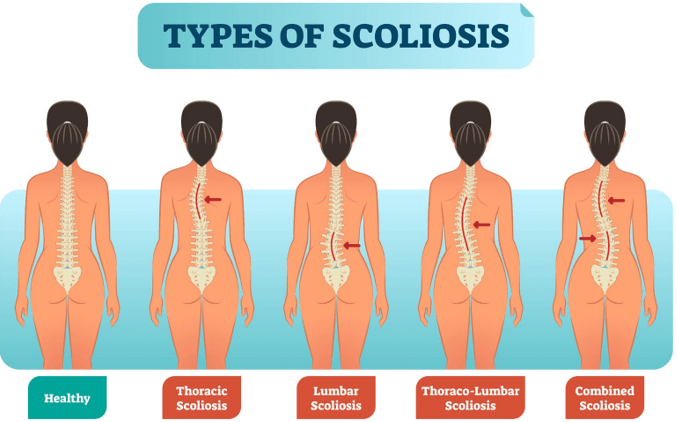A client is receiving mesalamine 800 mg by mouth three times a day. Which assessment should the nurse perform to assess the effectiveness of the medication?
Pupillary response.
Peripheral pulses.
Bowel patterns.
Oxygen saturation.
The Correct Answer is C
A) Incorrect- Pupillary response is not relevant to the assessment of mesalamine's effectiveness.
Pupillary response is often assessed in neurological or ophthalmic evaluations and is not a direct measure of gastrointestinal function or the response to mesalamine therapy.
B) Incorrect- Peripheral pulses are not directly affected by mesalamine therapy, and monitoring them would not provide insight into the medication's effectiveness. Peripheral pulses are typically assessed to evaluate circulatory status and are not specific to the evaluation of gastrointestinal conditions.
C) Correct- Mesalamine is a medication commonly used to treat inflammatory bowel disease (IBD), such as Crohn's disease and ulcerative colitis. It helps to reduce inflammation in the gastrointestinal tract. Monitoring bowel patterns is important to assess the effectiveness of mesalamine in managing the symptoms of these conditions.
D) Incorrect- Oxygen saturation is a measure of the amount of oxygen in the blood and is used to assess respiratory function. While oxygen saturation is important for overall patient assessment, it is not directly related to mesalamine's effectiveness in treating inflammatory bowel disease.
Nursing Test Bank
Naxlex Comprehensive Predictor Exams
Related Questions
Correct Answer is ["A","B","D"]
Explanation
A) Correct - Clear beef broth is appropriate for a postoperative full-liquid diet, as it is a clear liquid and meets the dietary restrictions.
B) Correct - Vegetable juice can be included in a postoperative full liquid diet, as long as it is free of solid particles.
C) Incorrect - Canned fruit cocktails may contain solid pieces of fruit, which are not suitable for a full-liquid diet.
D) Correct - Vanilla frozen yogurt is a suitable option for a postoperative full-liquid diet, as it is in a liquid state when consumed.
E) Incorrect - Creamy peanut butter is not appropriate for a full-liquid diet, as it is a solid food and does not meet the diet's requirements.

Correct Answer is D
Explanation
This is the group of children that the PN should screen for scoliosis because they are at the highest risk of developing this condition. Scoliosis is a lateral curvature of the spine that usually occurs during the growth spurt before puberty. Girls are more likely than boys to have scoliosis, and the condition tends to worsen during adolescence.

Whether you are a student looking to ace your exams or a practicing nurse seeking to enhance your expertise , our nursing education contents will empower you with the confidence and competence to make a difference in the lives of patients and become a respected leader in the healthcare field.
Visit Naxlex, invest in your future and unlock endless possibilities with our unparalleled nursing education contents today
Report Wrong Answer on the Current Question
Do you disagree with the answer? If yes, what is your expected answer? Explain.
Kindly be descriptive with the issue you are facing.
